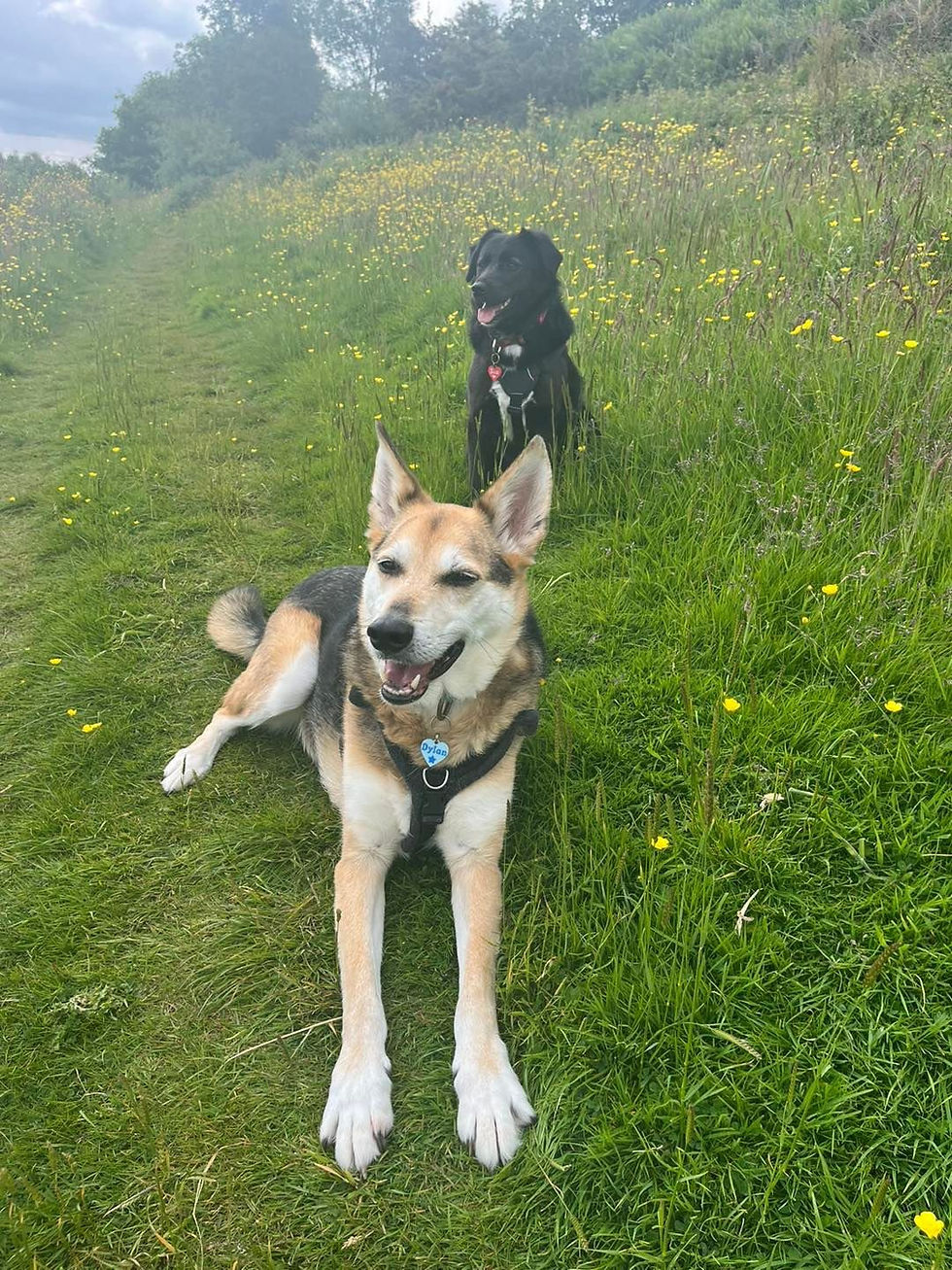Safety and learning
- positivedirectiond
- Aug 3, 2022
- 2 min read
Seeking safety is the primary impulse for most mammals, and dogs are no exception to that rule. It’s how we survive.
When we ask our dogs to learn and co-operate with us, they need to feel safe. If a dog is scared or anxious, it will be impossible for them to achieve what we ask of them. So how do we help our dogs to feel safe in a training environment?
A huge part of this involves US stepping up to the plate and being that strong, supportive anchor for our dogs. If a dog doesn’t trust us, they won’t want to work with us - it’s as simple as that. Fear does NOT facilitate learning and this is why things like shouting, choking and reprimanding our dogs are counter-productive.
Think back to your school days. Which classes do you remember fondly, and which teachers did you learn the most from? It’s likely that the teachers who were kind, supportive and offered constructive feedback and praise are the ones you got along with and learnt the most from. I know that I learned very little from those teachers that scared me and created a tense classroom environment. All I remember is the stress of being in those classes.
It’s not only the methods used, but the environment and access to safety that are important. For example, a dog that is anxious might be terrified in an indoor group training class. Likewise, sending your dog away to a training ‘boot camp’ to be trained by someone else likely won’t be helpful - without access to their safe ‘anchor’ person (you), the chances of success are small. Fear breeds inertia, not progress.
As trainers and as guardians, we need to make sure we take the needs of our dogs into account and make training not only feel positive but SAFE for them.
Otherwise, we’re setting them up to fail.
Choose fear free 🐾




Comments